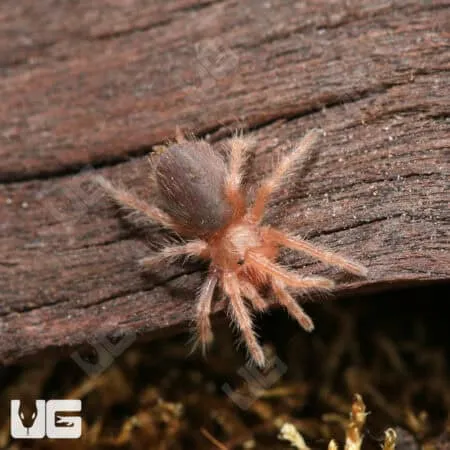Choosing Your Red Chilean Rose Tarantula
The Red Chilean Rose Tarantula, scientifically known as Grammostola rosea, is a popular pet tarantula choice for beginners due to its docile nature, relatively slow movement, and manageable size. Before bringing one home, it’s crucial to understand their needs and ensure you can provide a suitable environment. This guide provides everything you need to know about caring for a Red Chilean Rose Tarantula, from choosing a healthy specimen to maintaining its habitat and ensuring its well-being. Proper care not only ensures your tarantula’s survival but also allows you to observe their fascinating behaviors and appreciate these incredible creatures.
Where to Buy a Red Chilean Rose Tarantula
You can find Red Chilean Rose Tarantulas at reptile expos, specialized pet stores, and from reputable online breeders. When choosing a source, prioritize those with a good reputation for providing healthy animals and transparent care practices. Avoid purchasing from sources that appear to prioritize profit over animal welfare. Researching the seller beforehand, reading reviews, and asking questions about the tarantula’s origin and care history are all essential steps to take when looking for your pet.
What to Look For When Buying
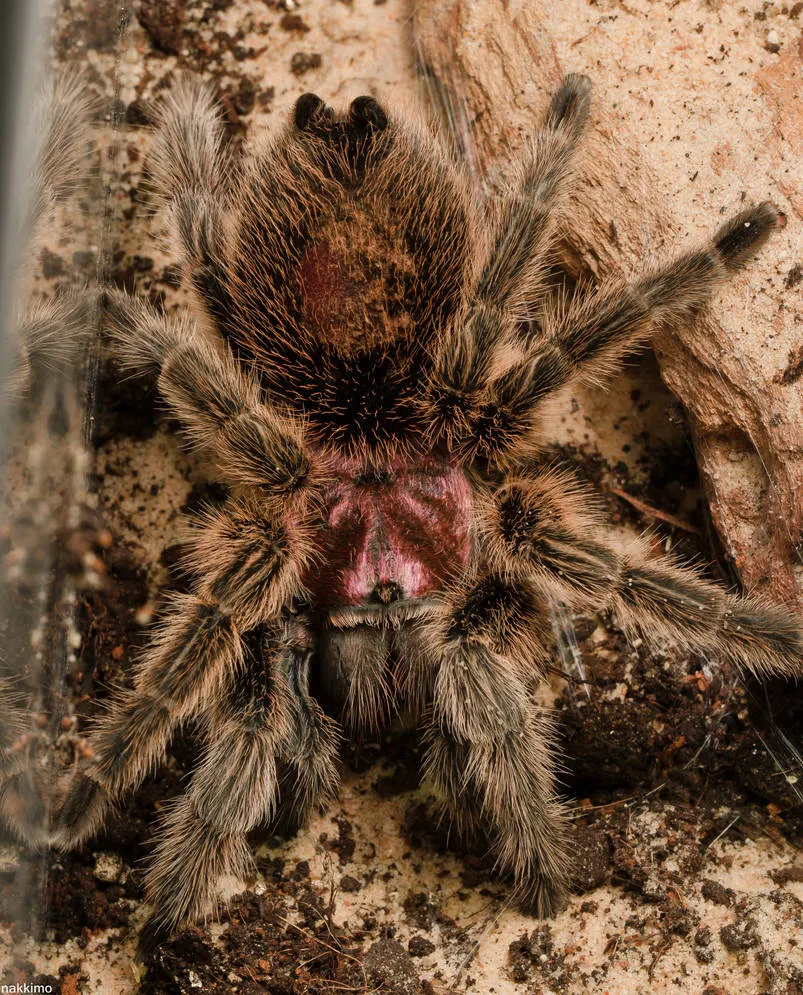
When selecting a Red Chilean Rose Tarantula, observe for a few key indicators of health. Look for a tarantula with a plump abdomen (a sign of proper hydration and feeding), bright and alert eyes, and intact legs without any missing appendages. Avoid tarantulas that appear sluggish, have a shriveled abdomen, or exhibit signs of parasites or illness. Also look for a clear, clean enclosure, which indicates the seller is paying attention to proper hygiene.
Setting Up Your Red Chilean Rose Tarantula Habitat
Creating the right environment is crucial for your Red Chilean Rose Tarantula’s health and happiness. Their enclosure should mimic their natural habitat as closely as possible, providing them with the essential elements they need to thrive. The right setup minimizes stress and allows you to observe their fascinating behavior. This section will guide you through creating the perfect home for your tarantula.
Terrarium Size and Substrate
An enclosure that is 5-10 gallons is a good starting point for an adult Red Chilean Rose Tarantula. The size should be appropriate, providing enough space for them to move around without being overcrowded. A secure lid is essential to prevent escape. The substrate should be deep enough for burrowing. A mix of coconut fiber, peat moss, and a small amount of vermiculite is recommended. This combination retains moisture, allowing the tarantula to burrow, and providing a more natural environment for the spider. The substrate should be several inches deep to allow burrowing behavior.
Temperature and Humidity
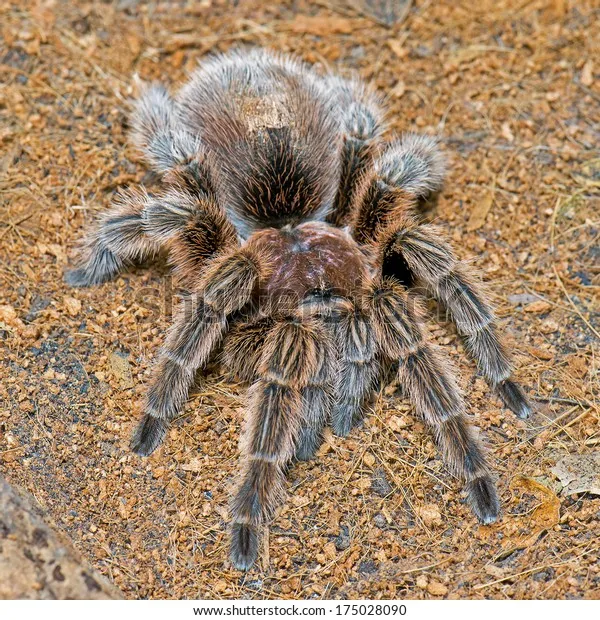
Red Chilean Rose Tarantulas thrive in a temperature range of 70-85°F (21-29°C). This temperature range is easily achieved in most homes. Supplemental heating is usually not necessary. Humidity levels should be maintained between 60-70%. This can be accomplished by misting the enclosure lightly with dechlorinated water once or twice a week. Proper ventilation is critical to prevent mold and bacteria growth; ensure adequate airflow by providing vents in the enclosure. Monitor temperature and humidity with a thermometer and hygrometer to maintain optimal conditions.
Hiding Spots and Decorations
Provide your tarantula with a hiding spot, such as a half-log, cork bark, or a decorative hide. This allows them to retreat and feel secure. Adding a few artificial or live plants can also enrich the enclosure. Ensure any decorations are securely placed and non-toxic. Avoid sharp objects or anything that could potentially injure the tarantula. Make sure the decorations are safe to avoid any accident.
Feeding Your Red Chilean Rose Tarantula
Proper feeding is vital to your Red Chilean Rose Tarantula’s health. They are opportunistic predators, and their diet needs to be carefully managed. They eat a variety of insects. Understanding what to feed, how often to feed, and the importance of water access is critical to ensuring your tarantula thrives. Here’s how to ensure your tarantula gets the right nutrition.
What to Feed Your Tarantula
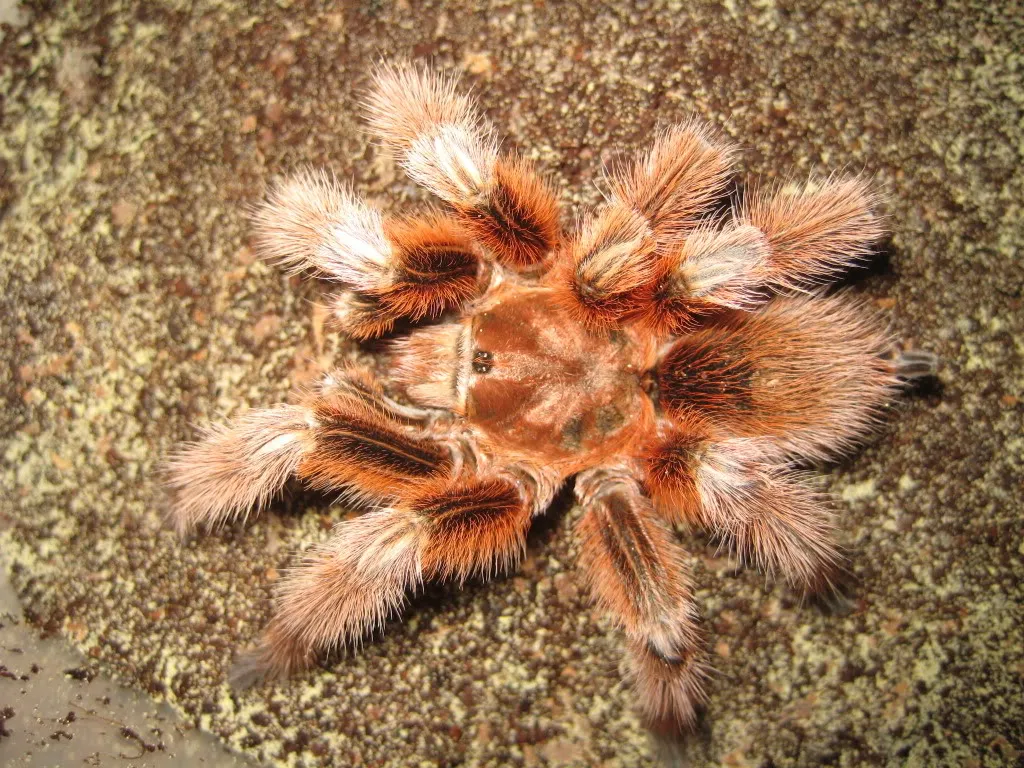
A varied diet is essential. Crickets, mealworms, and roaches are common food choices. The size of the prey should be approximately the same size as your tarantula’s abdomen. Before feeding, make sure the insects are gut-loaded with nutritious food to maximize the nutritional value for your tarantula. Avoid feeding insects collected from outside, as they may carry pesticides or parasites. Ensure the insects are always available in the enclosure or remove any uneaten prey to prevent stress or harm to your tarantula.
Feeding Frequency
Juvenile tarantulas should be fed 2-3 times per week, while adults can be fed once every 1-2 weeks. Adjust the feeding frequency based on your tarantula’s abdomen size. If it looks too large and round, reduce the feeding frequency. If it appears thin, increase it slightly. Observe your tarantula’s feeding habits and adjust accordingly. Overfeeding can lead to obesity and health issues. It is also important to remove any uneaten food after 24 hours, as this can cause unwanted stress.
Watering Your Tarantula
Provide a shallow water dish with fresh, clean water at all times. The dish should be shallow enough to prevent drowning, particularly for smaller tarantulas. You can also mist the enclosure lightly with dechlorinated water once or twice a week to maintain humidity. Ensure the water is always clean and free from contaminants. Regularly monitor and replace the water to prevent bacterial growth and ensure your tarantula stays hydrated.
Handling and Interaction

While Red Chilean Rose Tarantulas are known for their docile nature, it is crucial to handle them with care and respect. While they are not typically aggressive, they can bite if they feel threatened, and their venom, though not lethal to humans, can cause discomfort. Always prioritize the tarantula’s well-being and safety. This section will guide you through safe handling practices and help you understand tarantula behavior.
Safe Handling Practices
Handle your tarantula only when necessary and with extreme caution. Avoid handling them if you are nervous or if the tarantula appears stressed. Encourage the tarantula to walk onto your hand rather than trying to pick it up. Handle over a soft surface, such as a bed or carpet, in case of a fall. Wash your hands thoroughly before and after handling to prevent the transfer of oils and other substances. Be gentle, and never squeeze or apply pressure. Always be aware of the tarantula’s movements and body language.
Understanding Tarantula Behavior
Observe your tarantula’s behavior. They may exhibit defensive postures if they feel threatened, such as raising their front legs or flicking hairs from their abdomen (urticating hairs). These are warning signs to leave them alone. If your tarantula retreats into its hide, leave it undisturbed. A tarantula that is consistently active and eating is generally healthy and content. Learn to recognize the subtle cues of tarantula behavior and respond with appropriate actions. When possible, limit your direct interaction and aim to provide an environment that allows them to thrive without interference.
Common Health Issues
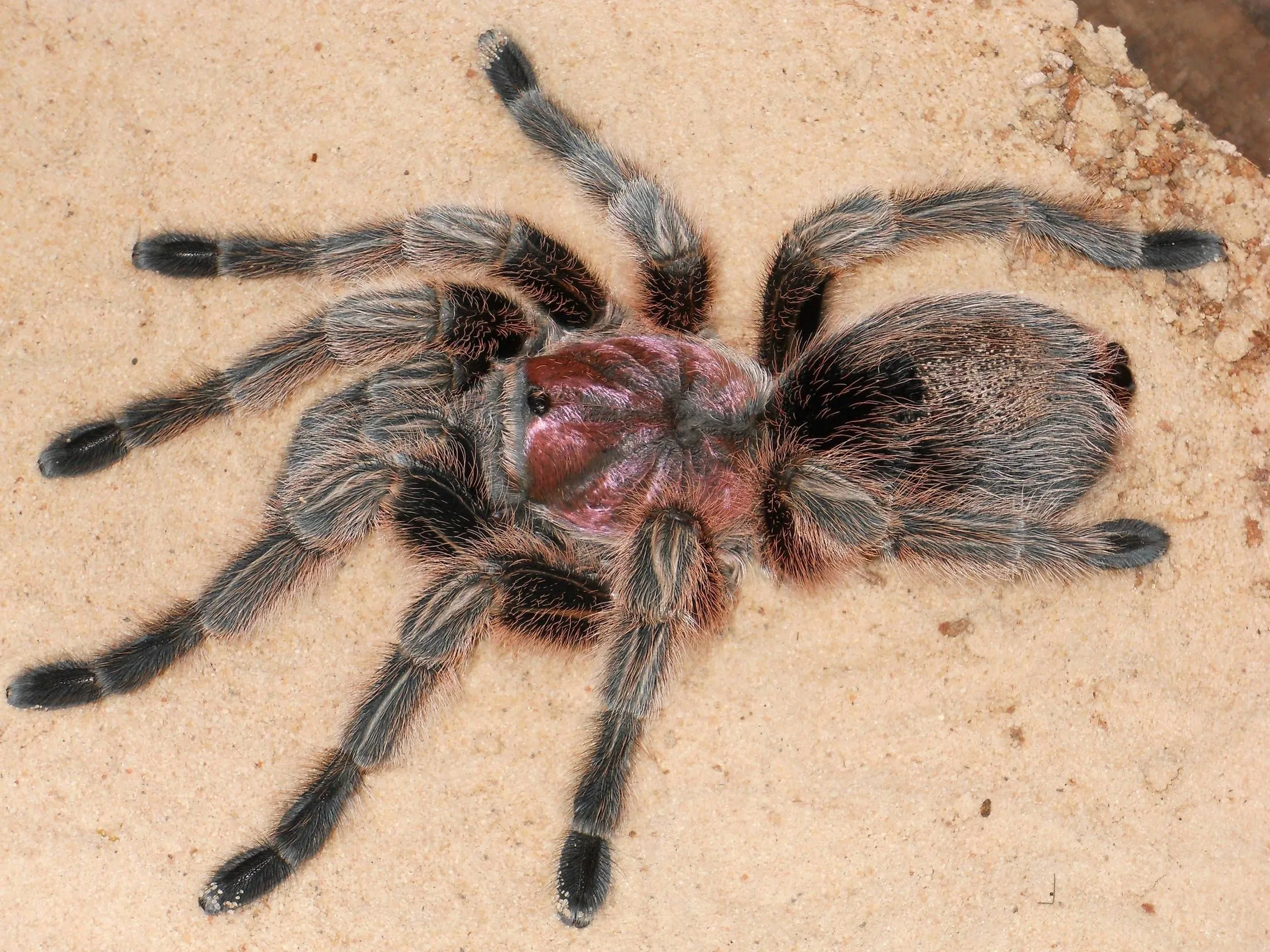
Like all pets, Red Chilean Rose Tarantulas can experience health problems. Knowing the common issues and what to look for can help you quickly identify and address potential problems. Providing a proper environment, a balanced diet, and consistent care can help prevent the most common issues, ensuring the long-term health and happiness of your tarantula.
Molting and What to Expect
Molting is a natural process where tarantulas shed their exoskeleton to grow. During molting, your tarantula will typically stop eating and may appear lethargic. They may also flip onto their back. Do not disturb a tarantula during molting. Ensure the enclosure is kept humid, and avoid handling until their new exoskeleton has fully hardened. The process can take several hours. After molting, the tarantula will be vulnerable, so it is important to keep the enclosure free from hazards and other insects.
Parasites and Diseases
Red Chilean Rose Tarantulas are generally hardy, but they can still be susceptible to parasites and diseases. Mites are a common parasite, appearing as tiny red or white specks. Infestations can be controlled by improving hygiene and, in severe cases, using mite treatments specifically designed for tarantulas. Fungal infections can occur if the enclosure is too humid or poorly ventilated. Prevent these issues by maintaining proper humidity levels and ventilation. If you notice any signs of illness, such as lethargy, loss of appetite, or unusual behavior, consult with a veterinarian experienced in exotic pets.
Caring for a Red Chilean Rose Tarantula is a rewarding experience. They are fascinating creatures with unique needs. By providing the right environment, a balanced diet, and careful handling, you can enjoy these amazing animals for many years. With this guide, you are well-equipped to provide the best possible care for your Red Chilean Rose Tarantula.
